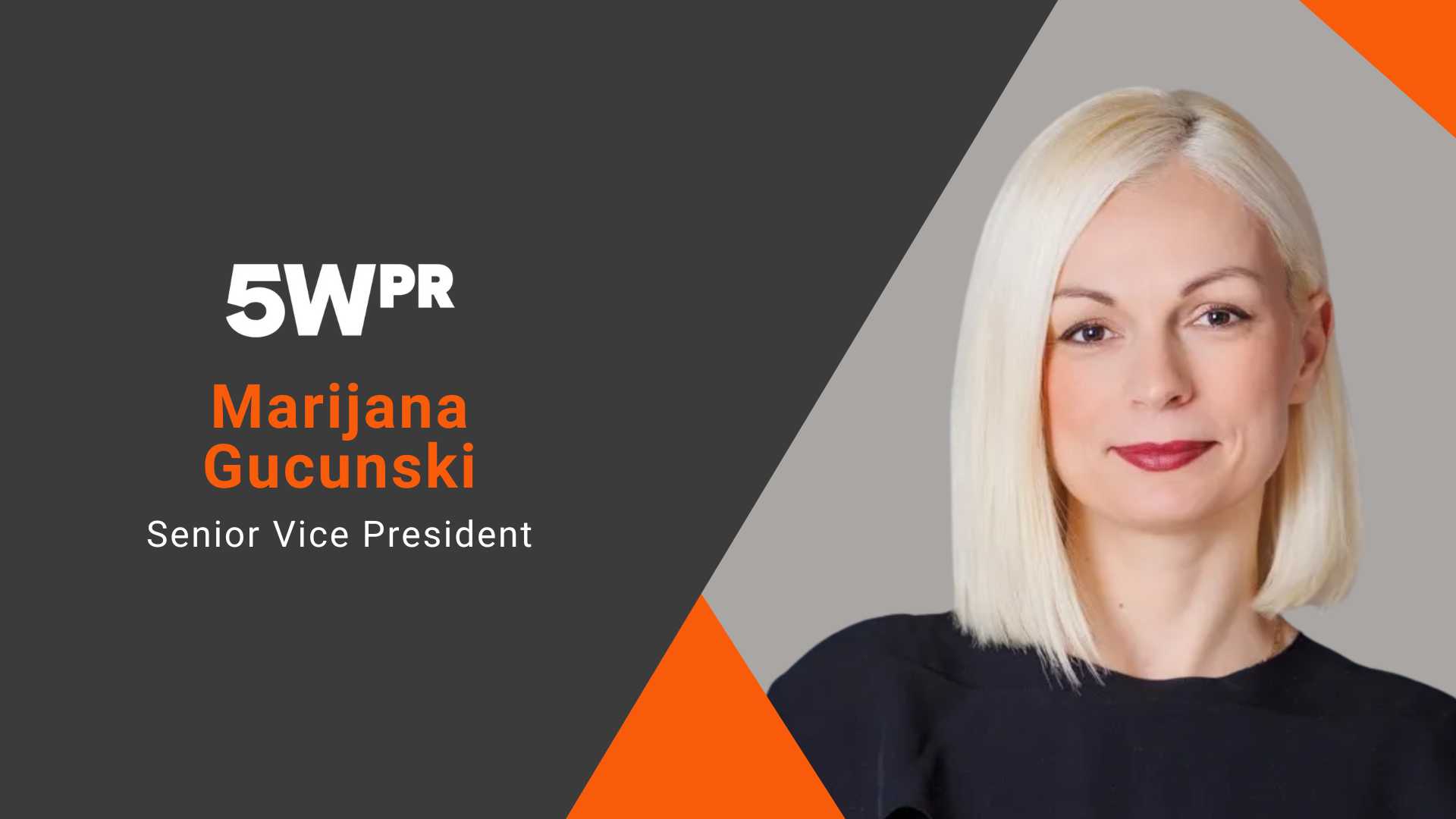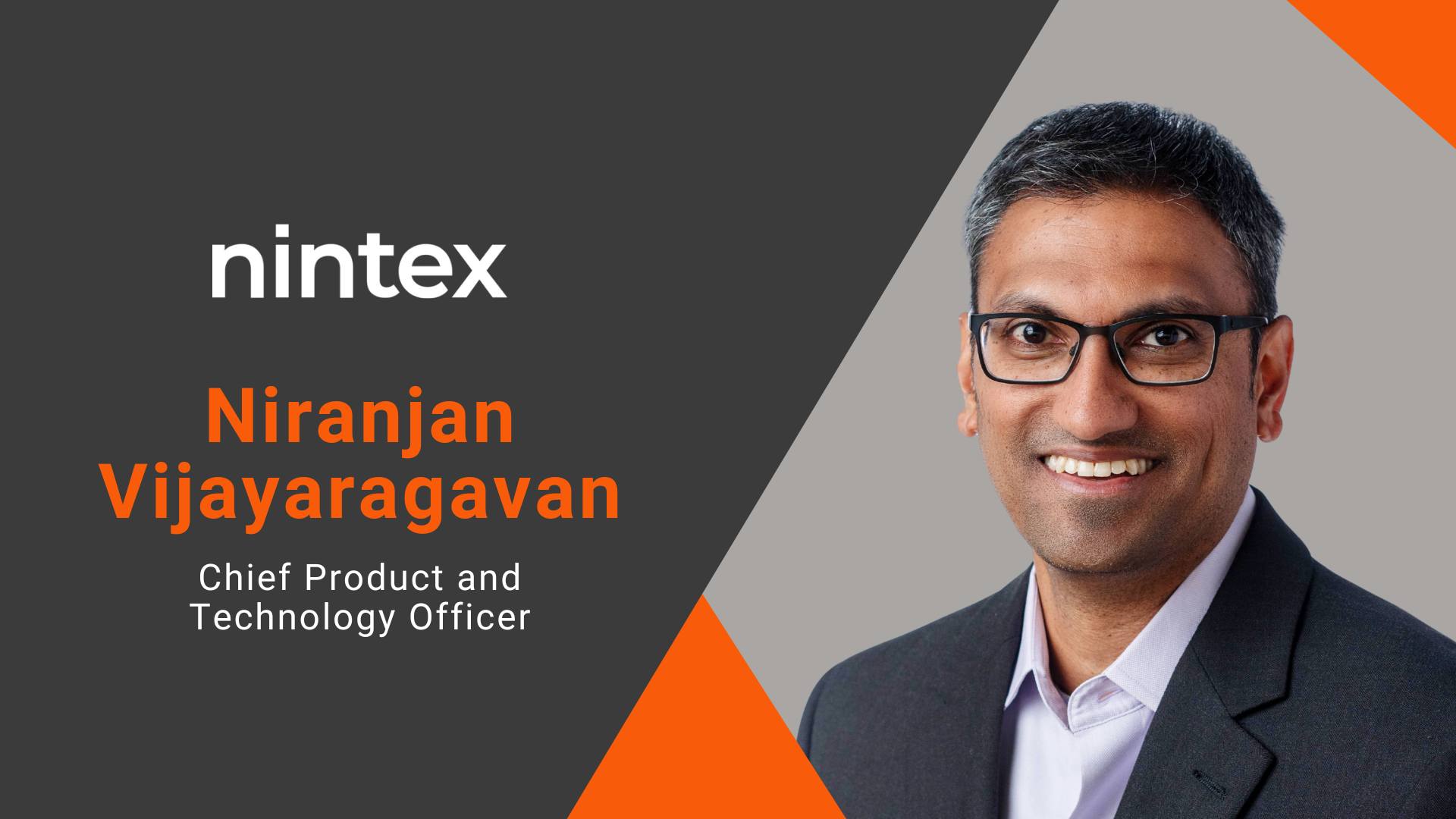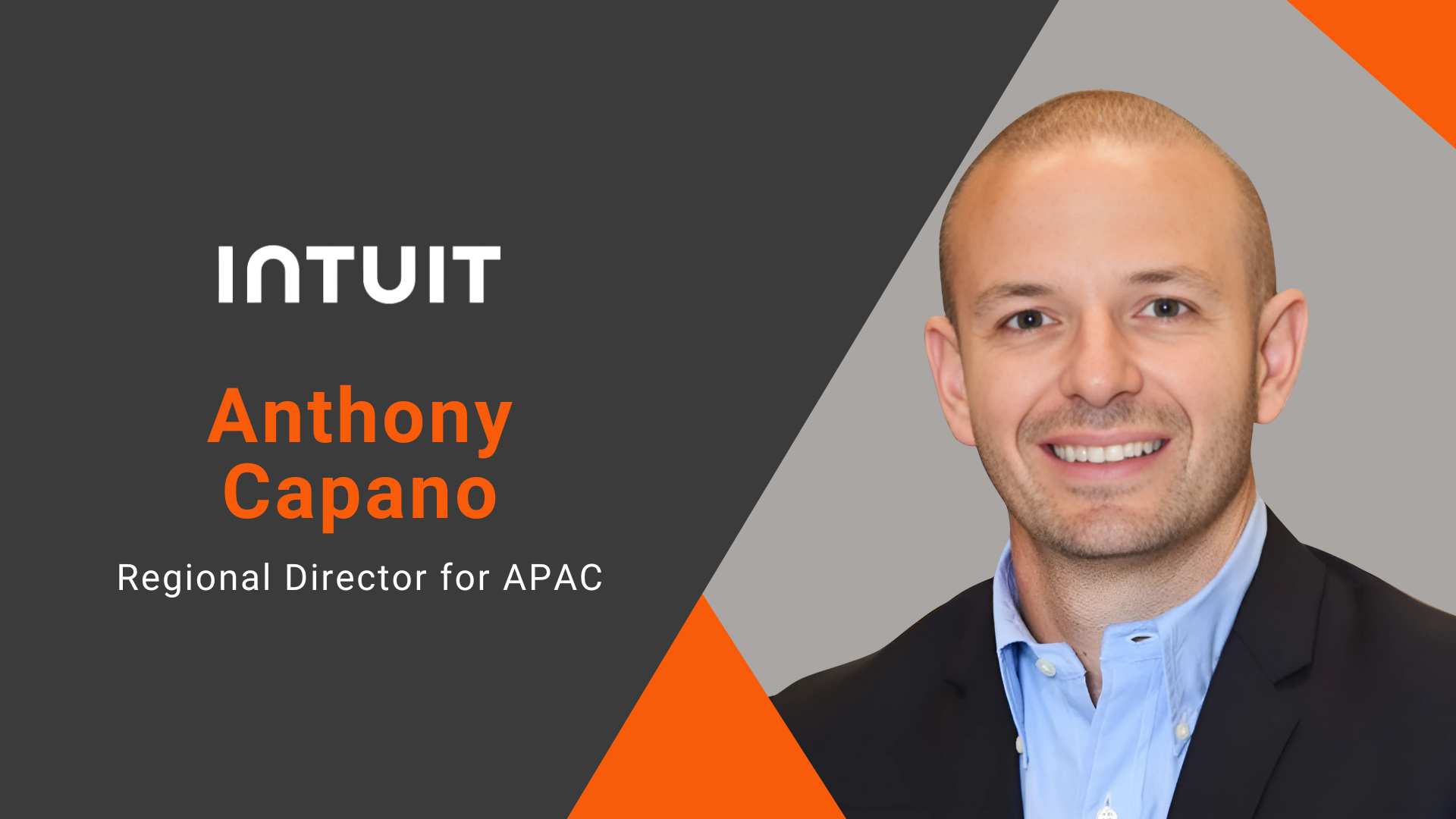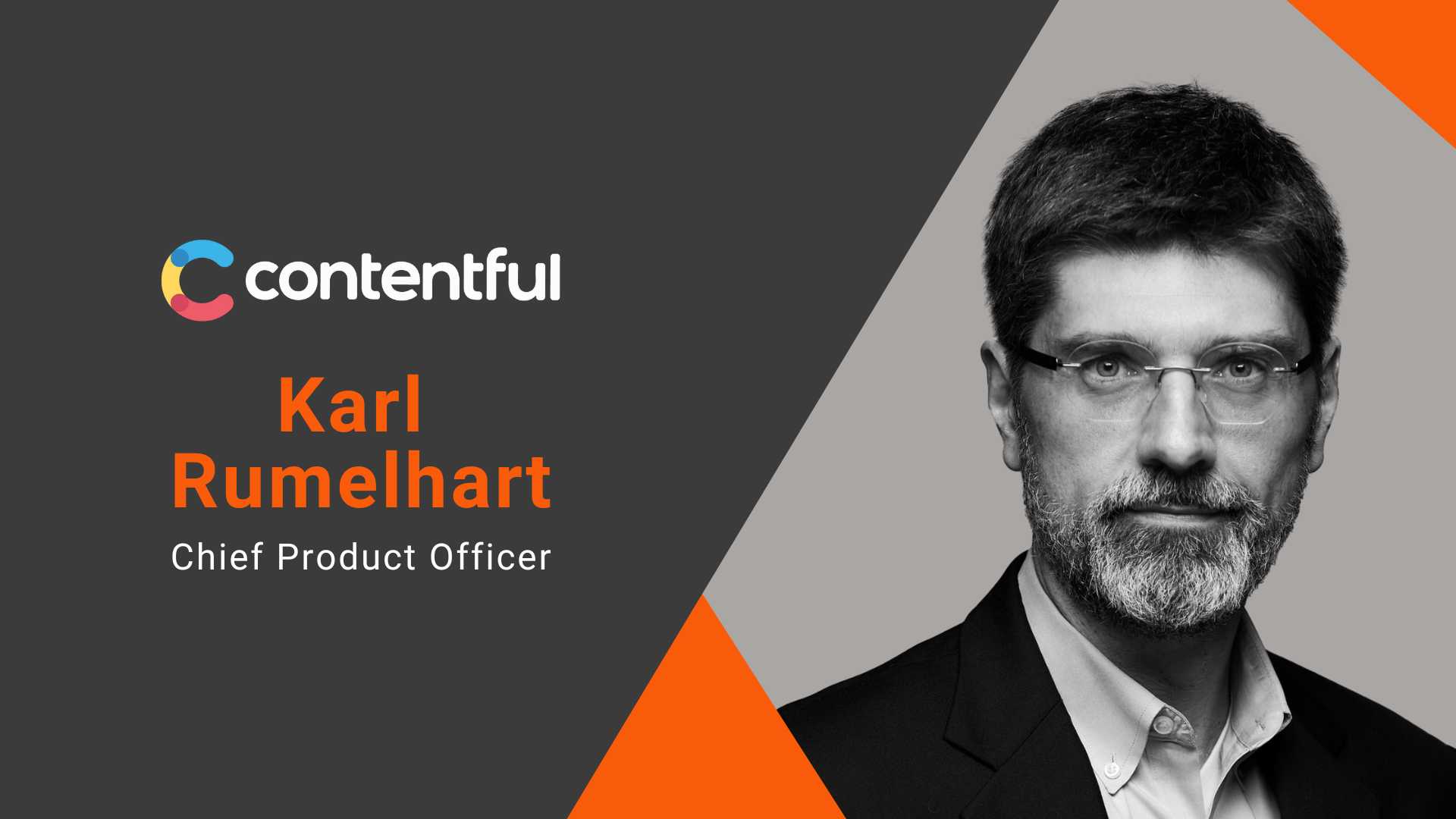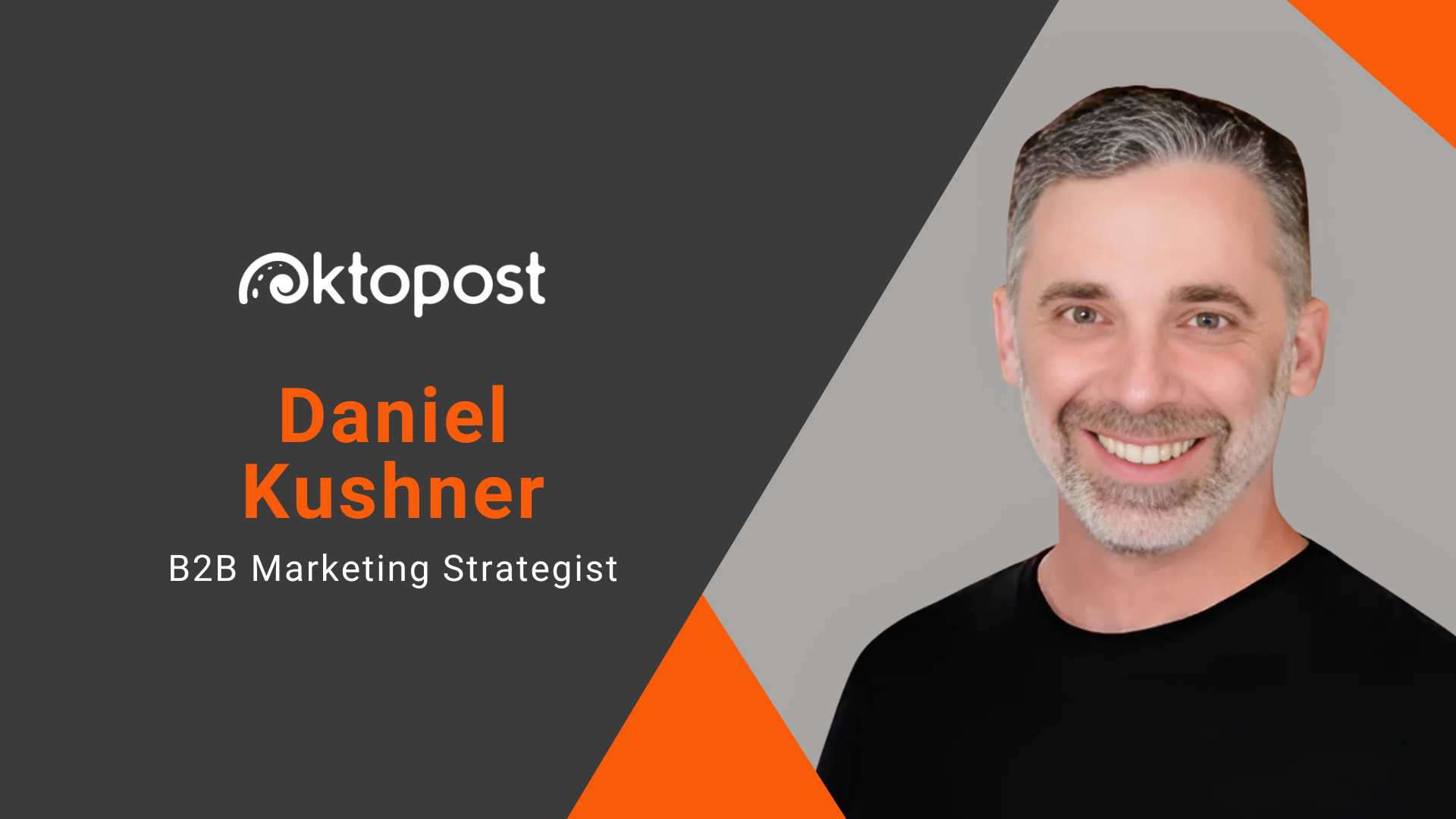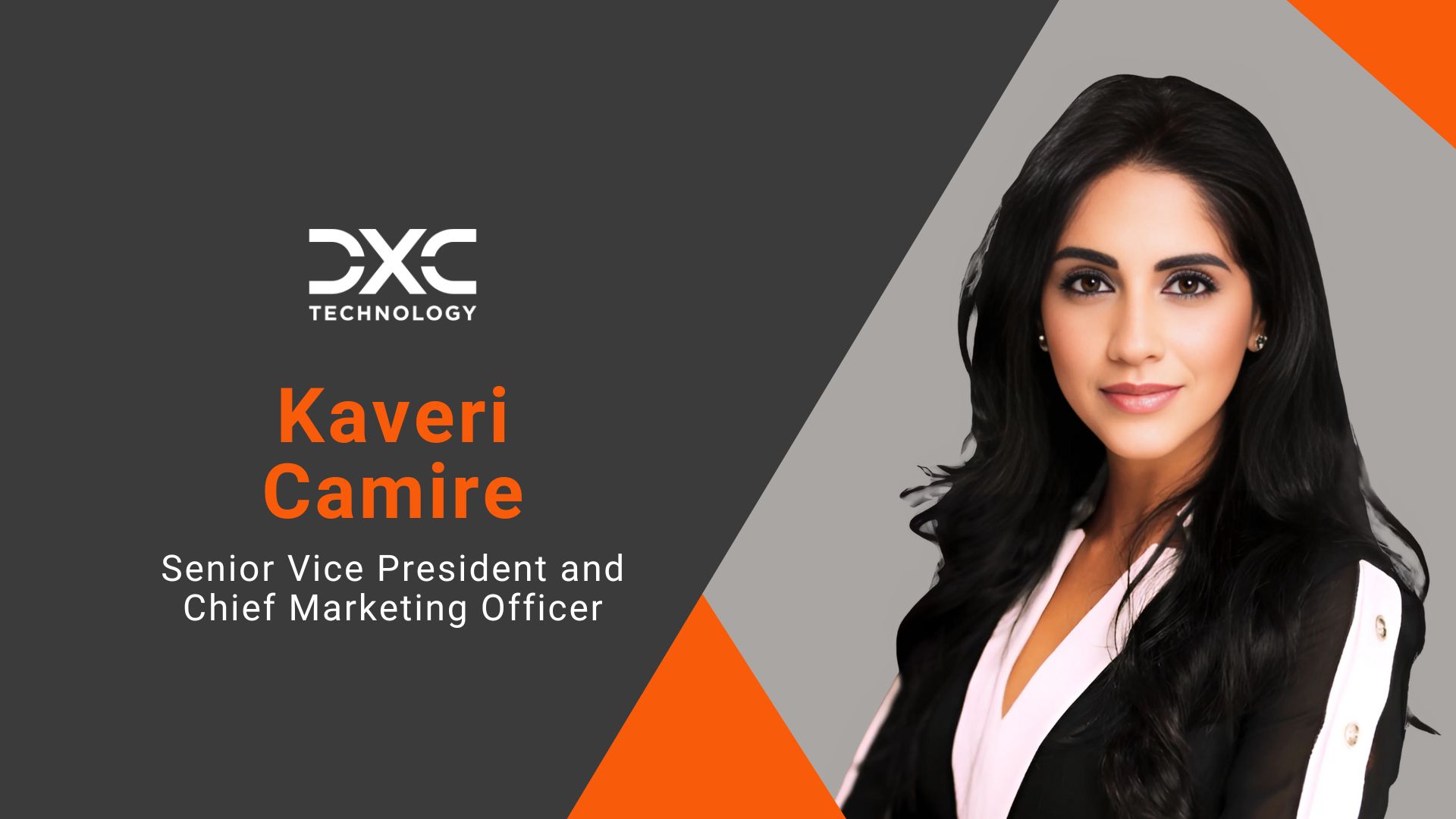
video advertising
Chris Savage on the Future of Video Marketing: AI, Localization & Global Growth | Wistia 2025
video advertising 27 Jun 2025
- How is Wistia thinking about the role of video in global marketing strategies in 2025? Are you seeing more demand for tools that support regional or audience-specific content?
Video is no longer just a single asset. It’s the backbone of marketing. It fuels social engagement, can be educational and builds trust fast. But, to successfully reach a global audience, it has to be personal, relevant and easy to produce at scale. This is where localization comes in. Not just subtitles of an audience’s native language, but voice dubbing of the language.
At Wistia, we have doubled down on innovation with AI dubbing, translations and automated workflows in video. These tools help marketers reach a global audience that feels authentic and helps build trust and loyalty.
- What’s Wistia’s perspective on the use of AI in video production and personalization? Are there features within the platform that help streamline tasks such as transcription, translation, or targeted content delivery?
At Wistia, we see AI as a powerful tool to help marketers scale their video efforts without sacrificing quality. Our 2025 State of Video Report found that there’s been a massive shift in how AI is being used. Last year, just 18% of video professionals reported using AI to create content. This year, that number has more than doubled to 41%, reflecting the growing demand for more efficient and versatile video production.
But AI’s role goes beyond speed and scale. It also plays a critical part in improving video accessibility. Wistia has an AI-powered transcription feature that automatically generates transcripts as soon as a video is uploaded, making it easy to repurpose content or add captions. In fact, we’re the first video marketing platform to offer end-to-end AI translation and voice dubbing, enabling users to localize their videos with just a few clicks. All marketers need to do is simply generate a transcript and choose the desired languages to add captions or dubbed audio. On the delivery side, Wistia also leverages a global Content Delivery Network (CDN) to optimize streaming performance, ensuring audiences get the best possible viewing experience wherever they are.
AI should enhance, not replace, the human element in video. Trust and authenticity still come from people. The tools that will truly succeed are those that integrate seamlessly into existing workflows, making adoption easier and impact greater.
- How important is delivering region-specific, culturally relevant video content in building brand loyalty among international audiences?
It’s very important. When you’re speaking to international audiences, region-specific and culturally relevant video content can make all the difference in how your brand is received. People typically connect more deeply when content feels tailored to them. Not just in language, but in tone, visuals and references that reflect their culture. It builds trust and makes brands feel more human.
With Wistia tools like AI-powered dubbing and localization, it’s easier than ever to create content that resonates across different markets – without needing to reinvent the wheel for every region. In the long run, thoughtful and authentic content is what will drive loyalty and lasting relationships with audiences.
- What key metrics can marketers track in Wistia to understand the impact of their video efforts?
Wistia provides marketers with a robust set of analytics to measure the true impact of video efforts. Key metrics include play rate, which shows how many viewers are actually clicking play (helpful for evaluating thumbnails and video placement) and engagement graphs, which reveal exactly where viewers are dropping off, skipping ahead or rewatching the video. Video heat maps also offer even deeper insights at the individual viewer level, highlighting which parts of a video resonate most with audiences.
For marketers focused on conversions, Wistia tracks in-video elements like turnstile forms, calls-to-action and annotations to drive lead generation and engagement. Marketers using Wistia Channels also benefit from aggregated insights that show how their entire video libraries are performing and which content drives the most value. Together, these metrics empower teams to move beyond surface-level stats and make more strategic, data-driven decisions about their video content.
- How does Wistia see the balance between native capabilities and third-party integrations? Are there areas where you're intentionally leaning into partnerships versus building in-house?
At Wistia, we focus on blending powerful native features with seamless integrations, so marketers get the best of both worlds – without disrupting their existing tech stacks. Our team is committed to making video creation and marketing accessible to everyone, not just seasoned video producers, which is why we invest heavily in integrated capabilities like AI-powered transcription, dubbing and video editing tools. These features allow marketers and teams of all sizes to create high-quality, on-brand content without needing a full in-house production crew.
Whether it’s our integrations with HubSpot or Marketo for lead tracking, or Pardot for analytics, we lean into partnerships that make user workflows smoother and more powerful. Ultimately, it’s about giving teams the flexibility to move fast and create videos without friction, regardless of their production experience.
- As companies scale their video libraries, how is Wistia supporting consistency in quality, branding, and workflow efficiency across large teams and multiple campaigns?
As companies grow their video libraries, Wistia makes it easy to stay consistent and efficient across teams and campaigns. Built-in brand controls, such as custom video players, colors and thumbnail presets, keep everything looking consistent and on-brand. Content stays organized with folders and channels and user permissions help make sure the right people have access to the right tools.
For teams juggling a lot of video content, Wistia Channels also helps to group videos into branded collections that double as landing pages. Plus, with features like automatic transcription and AI-powered localization and integrations within the platform, workflows are smoother and faster. This lets teams scale their video content fast, without sacrificing quality or control.
Get in touch with our MarTech Experts.
Inside AdPlayer.Pro: How Natalie Romankina is Redefining Video Monetization at Scale
video advertising 19 Jun 2025
1. How do you integrate video advertising technologies to align with business objectives such as revenue growth and brand visibility?
The ecosystem of AdPlayer.Pro’s solutions is designed to facilitate digital ad companies in their specific business needs. Namely, when it comes to revenue growth, we empower our partners to unlock new monetization opportunities and new revenue streams by supporting programmatic Demand integrations, including Prebid.js support, alongside the standard Google IMA, VAST / VPAID / SIMID and direct deals with premium advertisers, hence helping them maximize fill rates and revenue outcomes across all platforms.
In addition to supporting a variety of ad waterfall options (parallel, sequential and performance-based), AdPlayer.Pro enables customers to use our video header bidding solution with Prebid.js support, taking advantage of this ad inventory sale approach when needed.
In this respect, we have also recently released our featured Video Header Bidding Module for Prebid.js, specifically designed for tech-savvy publishers, working with Prebid Demand partners, to help them set up video campaigns as effortlessly as possible.
As for the brand visibility aspect, the AdPlayer.Pro ad-enabled video player is fully customizable, both when it comes to its performance specifications and the brand stylistics, helping our partners to configure all of it, according to their brand guidelines.
More importantly, being committed to driving innovation and equipping our business partners with high-end quality advertising tech, fully-compliant with all major standards, we’ve also ensured support of Open Measurement SDK for Web Video (OMID) in our products, enabling their access to the more precise ad visibility verification and invalid traffic (IVT, SIVT) detection tools.
2. How do you address operational complexities related to configuring and launching video ad campaigns across multiple platforms?
One of the core benefits of our ad-enabled video player is its absolute compatibility with the third-party ad servers; it’s server-agnostic, so to speak, and its ultimate simplicity of integration across all platforms and screens, from desktop and mobile web, to mobile apps, CTV and AMP pages.
The only thing required is to configure all player features, either via the platform dashboard or the player JS code, then add the player code to the publisher’s digital properties.
Notably, publishers working with Prebid Demand vendors won’t need to take any extra steps, i.e. integrate Prebid.js into their websites beforehand, since the AdPlayer.Pro player initiates Prebid.js for them.
3. How do you stay informed about evolving video advertising trends to ensure your organization remains competitive in customer engagement strategies?
AdPlayer.Pro has become an active member of industry-specific bodies and organizations, like Prebid.org, hence contributing to the development of next-gen ad tech solutions and helping to improve the global digital ad ecosystem.
In addition, our team members have been continuously taking part in a wide variety of digital advertising expos & conferences, being able to exchange our outlooks on the industry evolution and expand our expertise in the market-specific enhancements.
Non-surprisingly, though, the scope of sources of knowledge in the current digital realities is, certainly, endless, and also includes our ongoing communication and expertise exchange with other industry leaders, digital ad analysts, premium ad customers, and much more.
And, certainly, we are committed to a customer-centered approach, meaning that it's our business clients who shape the course of our product evolution.
4. How does your organization maintain transparency with customers regarding data collection and usage for video ad personalization purposes?
Even though, as an ad tech provider AdPlayer.Pro doesn’t collect any End User Personal Data, our flagship products are compliant with all data privacy requirements, including IAB’s TCP and CPRA-specific regulations.
More importantly, the AdPlayer.Pro platform allows integrating a broad range of End User consent features, fully customizable, based on the customer’s particular business needs.
5. How are you adapting to the phasing out of third-party cookies and the shift towards first-party data in video advertising?
From the very beginning, our team has designed the AdPlayer.Pro digital ad technologies with the primary focus on our customers’ requirements.
In this respect, when it comes to cookies and the use of our partners’ first-party data, it’s absolutely effortless to configure a vast array of targeting capabilities for each specific ad placement, likewise as apply any custom audience targeting preferences, either by integrating a custom targeting script into Demand Tags or on an Ad Placement (Player Code) level.
6. What investments are being made to enhance your organization's video advertising infrastructure and capabilities?
The AdPlayer.Pro team has always been focused on the continued development and enhancement of our flagship products, aiming to help our business partners maximize their revenue results.
Namely, over the past months, we’ve centered our efforts on the upgrade of our available programmatic ad capabilities and Prebid-centered functions in order to meet our partners’ current demands.
In addition, our ad-enabled video player also undergoes continuous upgrades, so that it’s compliant & compatible with all video ad standards and formats and ensures the flawless video ad delivery across all platforms and screens.
Get in touch with our MarTech Experts.
Cory Treffiletti on Reinventing AdTech: In-Content Advertising & Brand Awareness in 2025
video advertising 11 Jun 2025
1. How important is improving unaided brand awareness to your marketing objectives in the next 12 months?
I lead marketing for a tech company, and as a B2B marketer I think unaided brand awareness is everything! Tech needs to be top of mind in order to be considered. When someone is considering using a technology, or for that matter any product or service, your awareness is key. You either need to be thought of immediately, because you are clearly associated with that category, or when they do their research and see you, they immediately think of you in a different, hopefully better, way. That second example of more aided awareness, but unaided awareness can keep you in front of the pack and force everyone else to position against you. The biggest, best brands and ones that stay top of mind and score highly on unaided awareness. For the next 12 months specifically, this might be the second most valuable metric I have as a marketer, second only to actual verifiable, qualified leads that convert.
2. To what extent do you believe in-content, non-disruptive advertising can outperform traditional formats in building brand equity?
I believe it could be the way brands build trust and break through the clutter. Interruptive ads are good for frequency and bringing a brand back to mind, but the in-content and non-disruptive model is better because you know it is not skipped, and it benefits from being in the content people know and love. That’s why influencers do so well. The messages are not skipped, and there is an implied trust in the creator that carries over to the brand. That trust comes from an authentic implied endorsement. Brands need that trust with the consumer, and if they have to borrow that trust from the context or the creator, then so be it. If you take a portion of your budget and allocate it here, you get more awareness for your buck because it can’t be skipped, and that awareness is associated positively with a message. That means your entire budget works smarter AND harder for your objectives.
3. Do you see embedded brand content within creator videos as a scalable and sustainable strategy for your brand? Why or why not?
Yes. Fundamentally, this is what we do. We enable scalable solutions to execute this model. For us, the audience that is attached to a show or a clip from a show, has a higher propensity to watch and engage with that content when it is shown to them, and that creates a higher attention opportunity for the brand. When the audience is paying attention, your brand message works smarter. I will never say this is the only way you should operate, but it definitely could be 50% of a marketers budget going forward.
4. As consumer attention shifts toward short-form, creator-driven, AI-augmented content, how is your organization adapting its messaging strategy?
Our messaging has to be crisp and simple. It has to be short and succinct. It also benefits from being embedded in B2B content because that audience is ready for that kind of message. For me, it's all about storytelling in the shortest way possible. A good analogy is children’s books. Those books are able to tell a story and get a point across very quickly. When I used to read them to my kids, there was always a key message conveyed in a short time. I think our marketing and messaging strategy has to be the same way.
5. Which KPIs are most important when evaluating a new advertising technology like RAI?
Any new technology should be able to be measured by the same KPI’s as the methods and formats that it is competing against. For us, we evaluate our results on Unaided Awareness, Click-Through Rate, Video Completion Rate and Sales Lift. These are standard KPIs and ones that any marketer should be focused on.
6. How important is being an early adopter of new advertising technologies in maintaining competitive advantage for your brand?
I think this is extremely important. You always need to be thinking ahead. Testing new technologies early allows you to unlock the value for your brand quickly, and maintain that competitive edge. If you wait until someone else has figured it out, then you’re always going to be playing catch-up!
Get in touch with our MarTech Experts.
Page 1 of 1
Most Recent
PetAg & 5WPR: Science-Backed Pet Wellness
Interview Of : Marijana Gucunski
Future of Intelligent Automation | Nintex
Interview Of : Niranjan Vijayaragavan
Beyond Black Friday: Year-Round Retail
Interview Of : Anthony Capano
AI & Composable Content: Karl Rumelhart on Contentful’s Digital Edge
Interview Of : Karl Rumelhart
B2B Social Data Meets Business Impact
Interview Of : Daniel Kushner
DXC CMO on AI, Brand Growth & Innovation
Interview Of : Kaveri Camire



